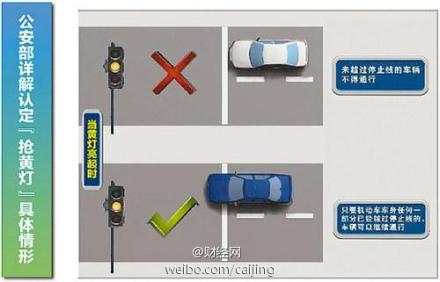
Red means stop, green means go, yellow means very, very slow… unless you’re in China in 2013, in which case, red means stop, green means go, yellow means stop… unless you’re driving an Audi, in which case, green means go, yellow means go, red means whatever you feel like.
I think that’s how the nursery rhyme goes.
On January 1, China enacted a new traffic regulation that changes the meaning of yellow lights: from “caution” to “stop.” Drivers must now brake when they see yellow as long as they’re not yet in the intersection — ignoring basic physics which dictate deceleration is a change in speed over time.
The rule was a reaction to spates of traffic accidents, but drivers have sensibly asked whether there isn’t a better way. Introducing a stupid nursery rhyme seems to be as sensible, if not more so.
And will the law really be enforced? According to Danwei:
Yet when a journalist from Orient Today (东方今报) from Henan province yesterday went to observe the traffic in Zhengzhou (郑州), capital of Henan province, he found the usual black Audis and other cars jumping yellow lights, some drivers talking on their mobile phones while they did so, as if there were no new “most severe traffic law in history” in force in China.
Indeed, it seems not just “black Audis” — i.e. cars probably driven by government officials — but other cars — every car? — were ignoring the new regulation. Something might be wrong with the regulation, then?
Offbeat China (above image via them) has translated some other funny netizen responses:
Netizen 俞白眉, however, proposed an entirely different model: “There are still problems with 3-color traffic lights. There should be 7 colors, red, orange, yellow, green, blue, indigo and velvet. Each color signifies a different speed limit. Red is 0 mph, orange is 5 mph, yellow is 20 mph, green is normal speed, and so on so forth…velvet would be low-altitude flying. If 7-color traffic light still doesn’t work, we can try 256 colors.” Opposite to 俞白眉’s proposal, some others went minimalist. Netizen 光头王凯 suggested: “Given the logic of the new rule, neither yellow lights nor red lights have a reason to stay. One green light alone can do the job – green light on, pass; green light off, stop.”
Let’s see how long until the first rear-end accident caused by a car braking suddenly at yellow.








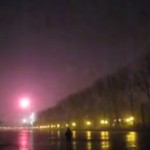










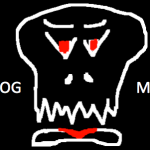



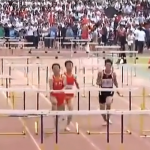
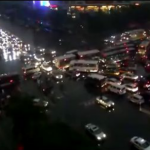






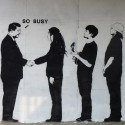













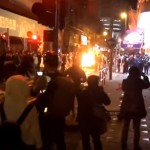
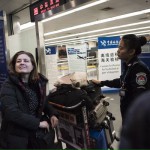
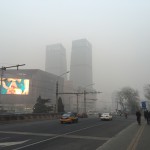

If a light turns yellow, that means you should stop unless you are already in the intersection. i think this is standard in most countries. What they are trying to stop people from doing is speeding up when they see a yellow light, which is illegal everywhere and a common sport here.
What really needs to happen is the institution of “graduated licensing” and the suspension of licences.
There is no reason why a driver who has been driving less than 3 years should be allowed to carry passengers or drive at night, none that I can thin k of anyway, this graduated licensing. Only 6 points for the first 3 years as well.
The fact that a license CANNOT be suspended is retarded. In China, if you lose all your points you just have to go back to driving school where you learn nothing and simply pay for your certificate or go to a police station and pay off someone to delete the infractions.First loss of points should be 30 days suspension. 2nd, 90 days, and 3rd, 12 months.
But the shame in being forced to go back to school is so great that it may influence some people to “accept virtue as their moral”.
School as punishment? That makes total sense now!
Yup. Chinese drivers will brake for red lights using “rote learning”. There will be special course given by expat drivers who have life experience braking for amber lights.
“unless you are already in the intersection.” Um no. Go back to driver’s ed. It’s stop unless you cannot come to a halt safely. There is a significant margin in which drivers should maintain their speed or even speed up to safely pass through.
But you like to stop regardless and go screeching into the intersection, I get that KopyKat. To each his own.
The intent of the law is to stop those who speed up into a yellow. If you maintain speed and go through it’s fine. If you slow down and go through, it’s fine. However the system is not centralized, nor uniform, so it’s actually fairly toothless as the systems to enforce it are nowhere near implementation. The big change in reality is that while you can still get away with it, if you get into an accident now, you’re more or less fully liable, whereas before you were not.
The intention is based on the fact that a lot of accidents are caused by those who try to speed through, and this law makes it a large enough risk that people are, in fact, being more cautious. Accidents have already been decreased. It’s a dumb law that could use a bunch of tweaking to make it more effective, but that costs time/money/effort. Whereas just declaring it will achieve a similar effect on its own.
Same thing as speeding and driving in the emergency lanes. Everyone’s gonna keep doing it where there are not cameras, and even where there are cameras, people do it the instant they see someone else doing it. As long as no one gets hurt in the process, actual enforcement is rare.
>>Accidents have already been decreased.
Come on, no one believes that. No data would even be available yet, even if you could trust the data. Which you can’t, not when it goes through the propaganda department before being released.
Why, you have pulled that right out of your rear! Didn’t it hurt doing that?
I usually hate Chinese comments, but that “one light” system comment rocks so hard Neil Young himself would strum three chords along with it.
Everybody knows: after some PR in which reporters will follow along cops who are shown enforcing the law, everyone will forget about this, and then the tragedy will occur that will spike public anger and then the new law will get passed and then we’ll finally get more funny comments.
its such a police state already why dont they just stick red light cameras everywhere?